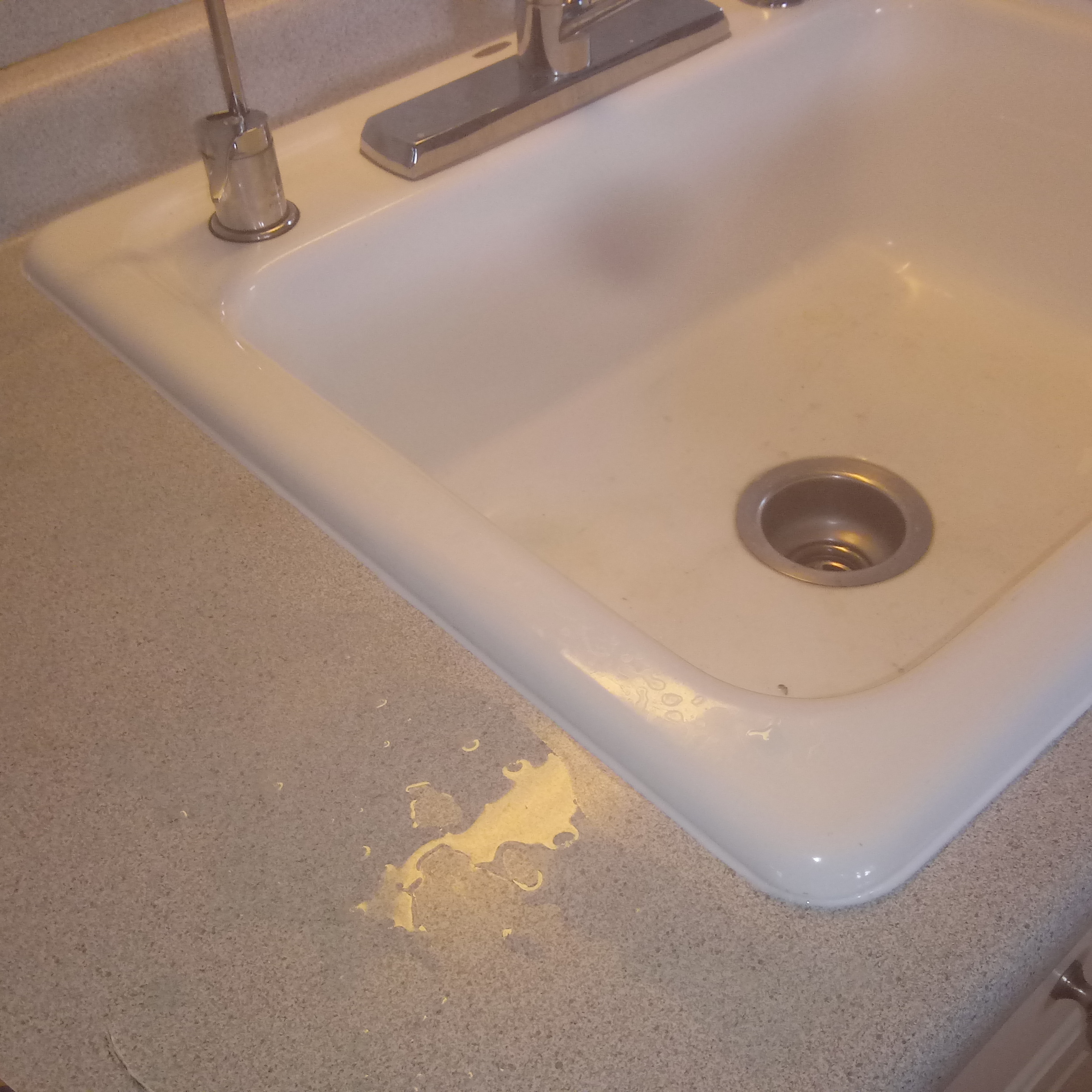Whenever I do a job I always try to look it up on youtube first to see what other people have to say about doing it. Unfortunately, sometimes the information presented on youtube is contradictory. A perfect example of this is, when caulking a tub, should you fill the tub with water so the caulk sets with the tub in a lower position?
I can see the logic in people saying that one should do this. The theory is, tubs can move down a little bit at when they are filled with the weight of the water plus a person taking a bath; so if you fill it with water while the caulk is setting, the caulk will stretch out a little bit, and thus will not crack or detach when the tub is filled with water down the road.
I got curious, so I looked into this a little further.
What I found out was, first of all, GE, which makes the caulking I use, has nothing to say on the subject. I called up their consumer tech support and asked if I should I fill the tub with water, and they said, “we don’t have anything to say about that.” So I guess they don’t think you need to do it.
Second, Tommy on this old House doesn’t say anything about filling the tub with water. I know he is not omniscient, but he does know an awful lot.
And finally, I have caulked tubs several times, sometimes filling tub with water and some sometimes not (oops, I forgot), and I have found that it makes no difference that I can see.
One also has to consider, if you do manage to lower the tub by an eighth of an inch, or by whatever bit of play exists in the mounting of the tub, once you remove the weight of the water, you now have whatever tension pressure existing in the tub support now exerting that pressure upwards on the bottom course of all the wall tiles. I’m not sure that is such a good idea. Caulk can stretch when pulled but i don’t think it will compress as easily when pushed.
I can see how maybe some tile jobs had problems that led to this conventional wisdom of filling a caulked tub with water. If you use anything less than high-end caulking, it’s bound to crack and/or come loose. And if you don’t prep the surface properly, meaning you did not get it clean, clean, clean, any slight movement of the tub will cause the caulking to detach.
Also a side note, I occasionally get silicone caulking on my clothes. I am thoroughly amazed at just how pliable and elastic this stuff is once it is fully cured. The whole idea of using silicone caulking is, it is highly flexible, and able to withstand any shifting in the planes of a bathroom wall.
Now granted I have not done a full-on mythbusters test of 10 to 12 tubs made of different materials. So I can’t claim this is definitive or truly scientific. But I cannot see a clear reason to bother with filling a tub with water when caulking.
Also, if the caulking were to crack or come loose, you can always do it over again. But if you push the tiles up away from the wall, you are now into a much higher level of difficulty of fix.
In sum, I would not bother filling a tub with water when caulking. It’s an intriguing idea but I am not seeing any empirical data to support it, and the upward pressure on the tiles strikes me as a pretty good reason to not do it.
– JL



